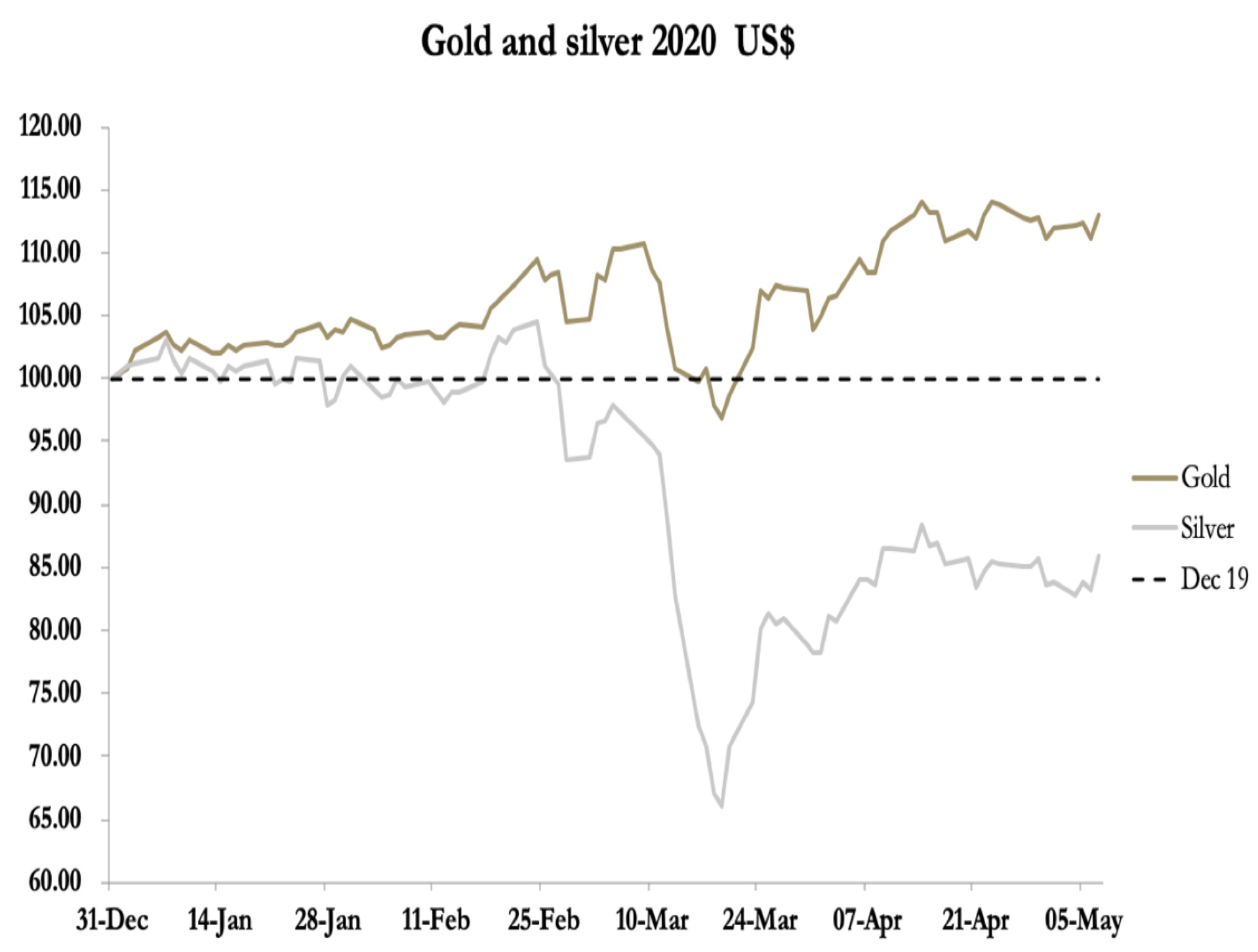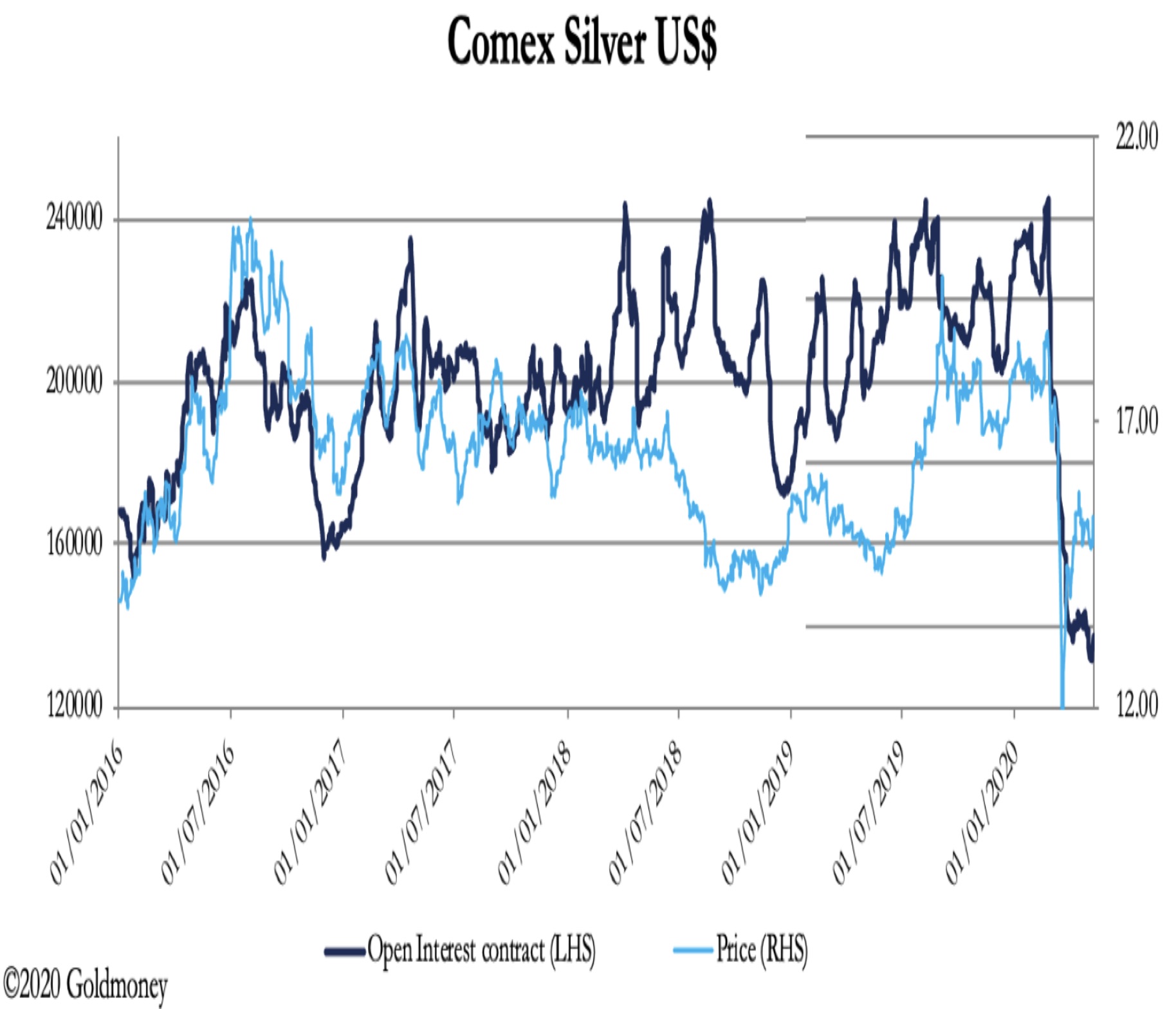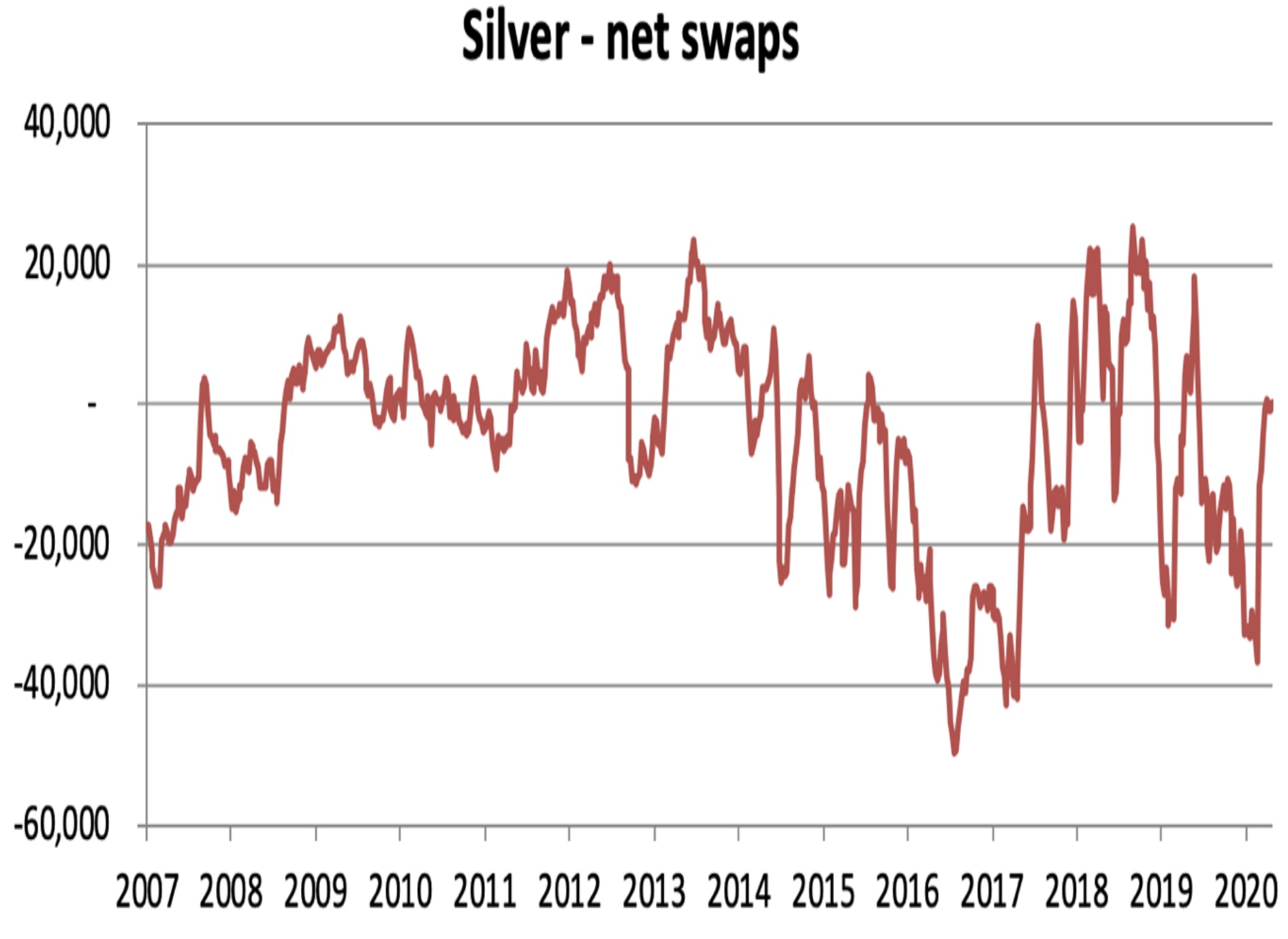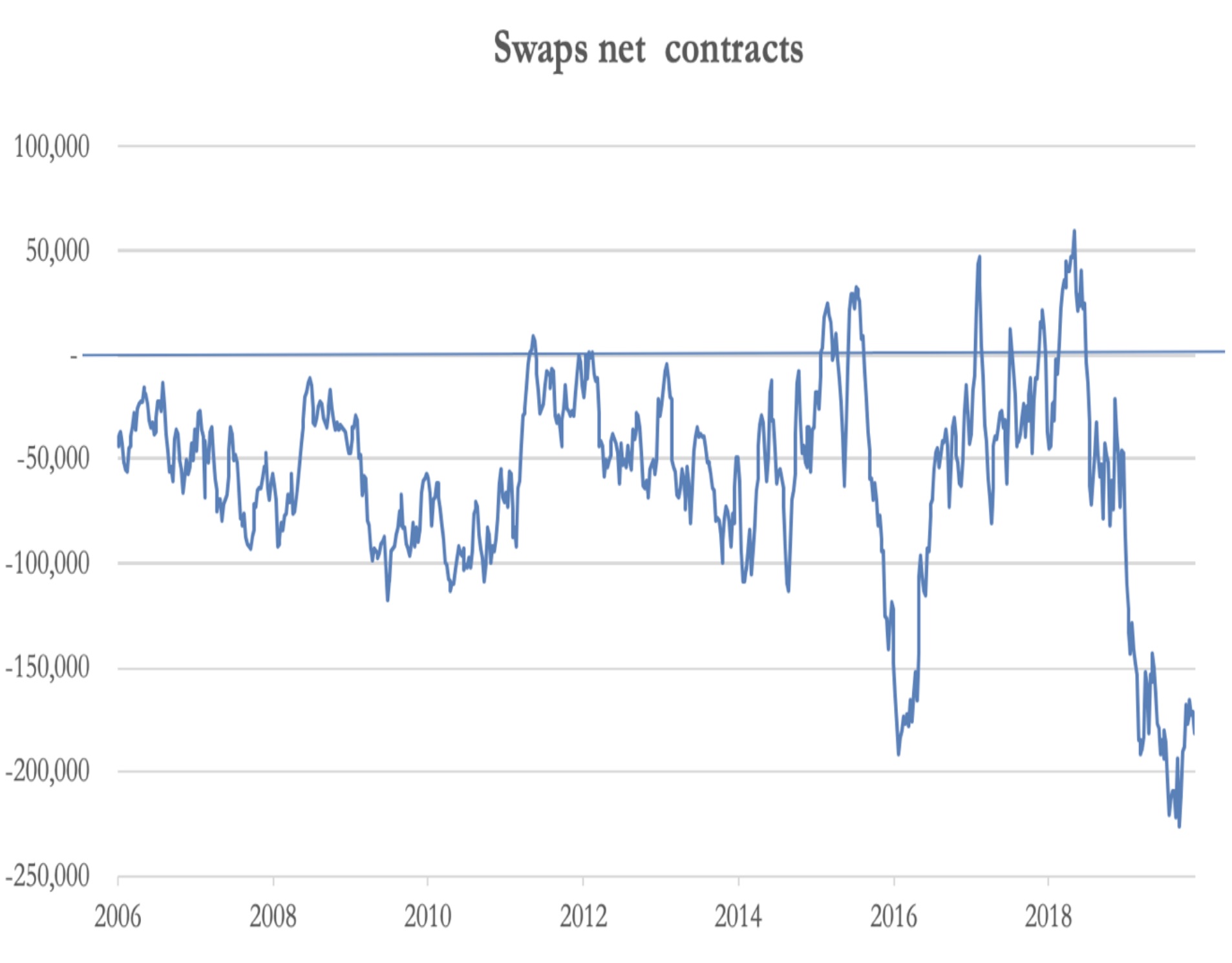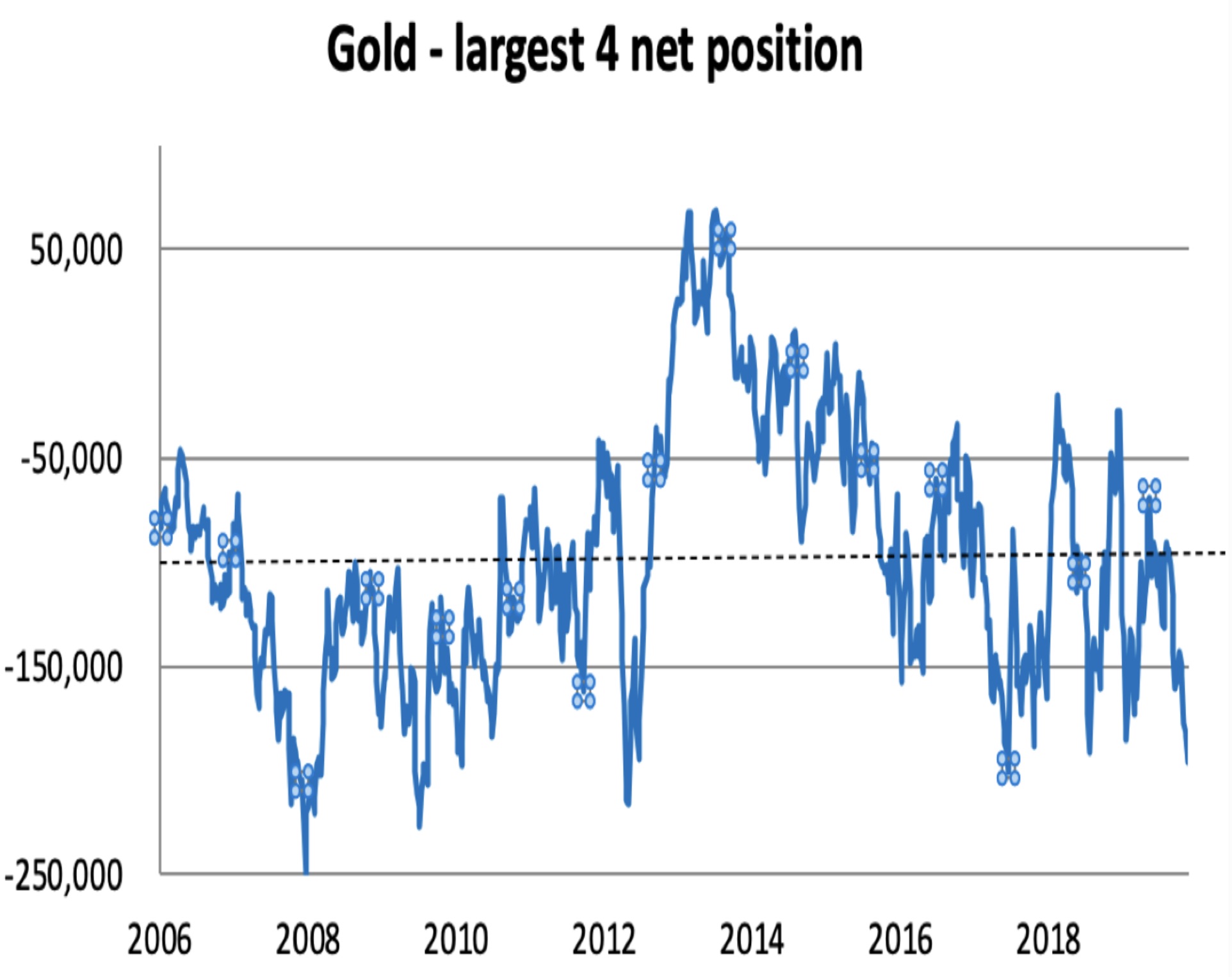We are now entering into the "new normal", a new post COVID-19 age, in which things are going to be radically different for the near to medium term future.
Many businesses are beginning to "re-open", albeit as a shadow of their former selves, including a shadow of their former profits.
Many other businesses have succumbed to the pressures, collapsing under the economic strain that was forced upon them due to the government mandated COVID-19 shutdown, such as Hertz, a company founded in 1918, which just recently announced that they are entering into bankruptcy.
However, Hertz is far from unique, as many other businesses have shuttered their doors as of recently, filing for bankruptcy and throwing in the towel. These include, but are not limited to the following major companies;
- Dean & Deluca
- Apex Parks
- FoodFirst, Bravo and Brio Restaurant Parent
- True Religion Apparel
- CMX Cinemas
- Rubie’s Costume Company
- J. Crew
- Gold’s Gym
- Neiman Marcus
- Stage Stores, (Bealls, Goody's, Palais Royal, Peebles, Gordman’s, and Stage Parent)
- JCPenney
- Pier 1 Imports
Of course, these companies are just a small number of the victims, as the economic sundering is catastrophically bigger when you include all the small to medium size businesses that have also been destroyed during this period of mandated quarantine.
Others more fortunate were able to weather the storm better, adapt and still earn some profits during these troubling times, even if those profits were much less than what they were previously accustomed to.
Without a doubt, even more companies would be out of business, if it was not for the monumental amount of fiat money printing that many Western governments around the world partook in, revving up the printing presses and engaging in quantitative easing the likes of which we have never seen before.
Unfortunately, as I have previously written about, the true cost of our governments historic debt creation has yet to be seen and thus, the true damage has yet to be seen.
Make no doubt about it, this is coming and the ripples are going to be felt for years, if not decades to come.
Not surprisingly, this period of economic slowdown has led to reduced spending for many, as well as deflation in many parts of the economy, as businesses slash prices to encourage consuming spending, hoping to keep the cash flowing.
This however is not going to last forever and eventually, money is going to once again begin to enter into the system, causing a tidal wave of inflation as all of this newly created money inevitably finds its way into the economy.
During these coming years, as the world gets much smaller due to an increased level of geopolitical uncertainty, trade wars and economic strife, it will be vital to have a portion of your savings in precious metals, most notable gold and silver bullion.
Throughout the entirety of this crisis, gold and silver bullion have weathered the storm exceptionally well, acting as a safe haven in this time of uncertainty, just as it has always done for over 10,000 years as a monetary instrument.
Most notably, precious metals have protected you against one thing above all else, the blatant proliferation of fiat money printing, of which governments around the world have engaged in, in such a grotesque and reckless fashion, doing so to fend off crisis after crisis, while systematically eroding the value of said currencies.
The gains that you see above are going to be considered child's play in the coming years, as precious metals and most other hard assets in the world trends higher and higher, adjusting to the newly created money printing that has flooded the world in the last few months.
This is especially true if the world is once again forced to shutdown come this fall, as many health experts are warning that a second COVID-19 wave is on the way.
If governments mandate another economic shutdown, the likes of which we just went through, forcing them to print more fiat money to keep the system afloat, then it is anyone's guess as to where the prices of precious metals are going to eventual end up at, as I believe that the West cannot handle another economic shutdown.
Many things are unknown about the future, however, a few things are all but guaranteed, given the economic damage that has already been done.
You can expect more economic casualties as we move forward into the coming months, more money printing and more geopolitical uncertainty.
Keep stacking and stay safe.
